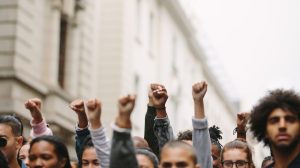The golden years of retirement may be tarnished for people of color.
Not only do households of color have lower participation rates and balances in retirement plans, but they are also more likely to invest in less risky assets with lower returns and take hardship withdrawals and loans. All of those factors work together to contribute to the retirement race gap.
“It reflects an existing wealth gap in society – a racial wealth gap between Black and white. Retirement assets are one-way wealth is held similar to homeownership or other things,” says Chitra Aiyar, consultant at Just Futures and author of “Reclaiming Retirement for All,” a report that focuses on the challenges the non-profit sector faces around long-term retirement security.


















